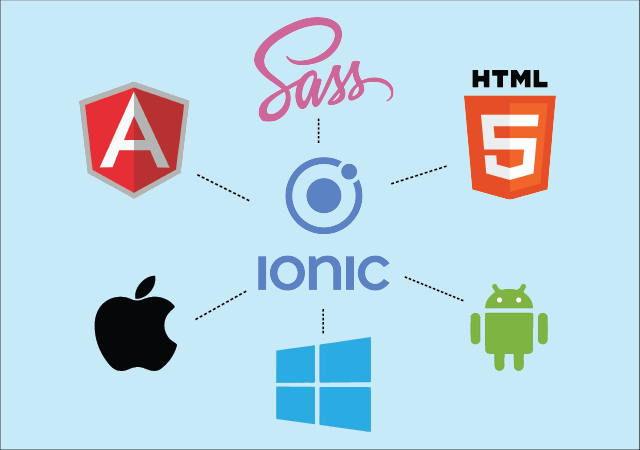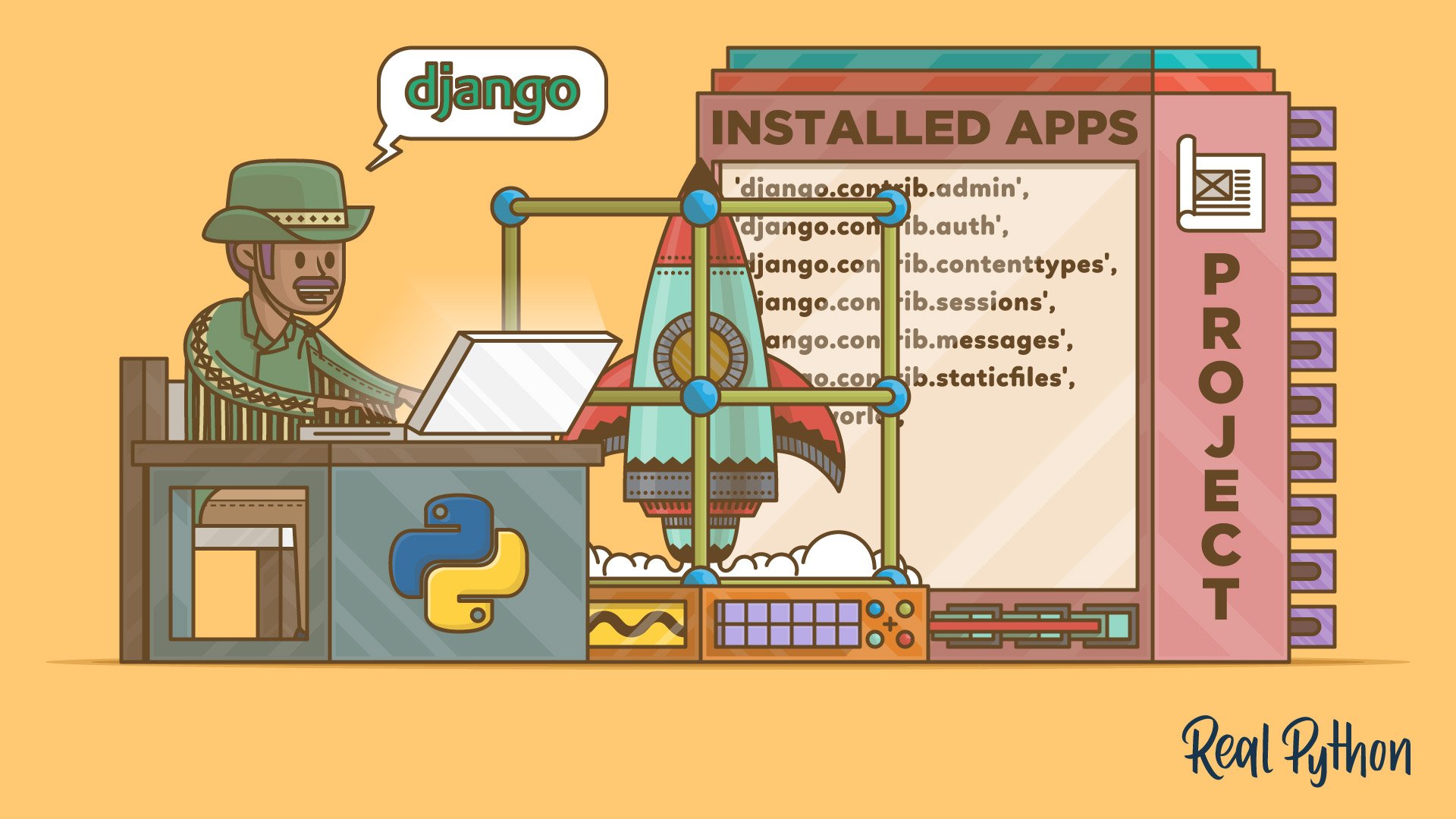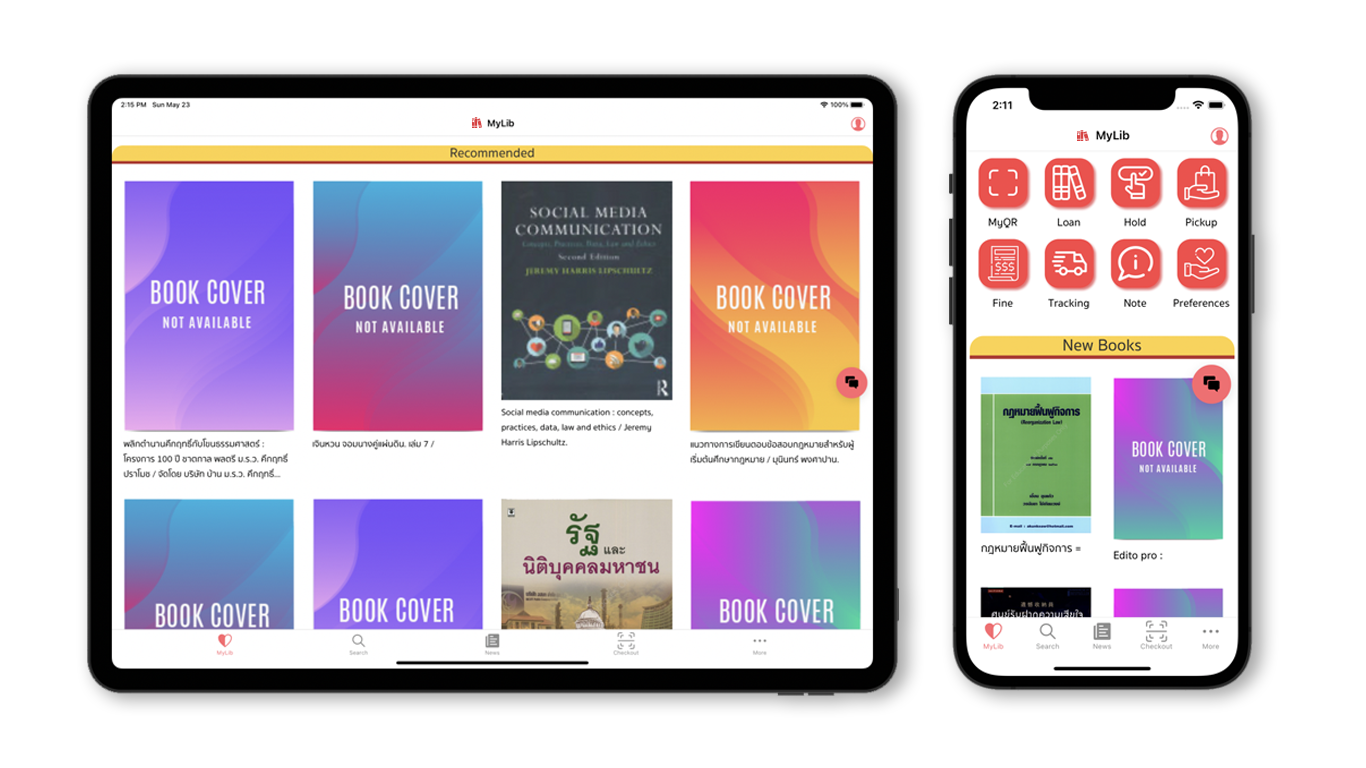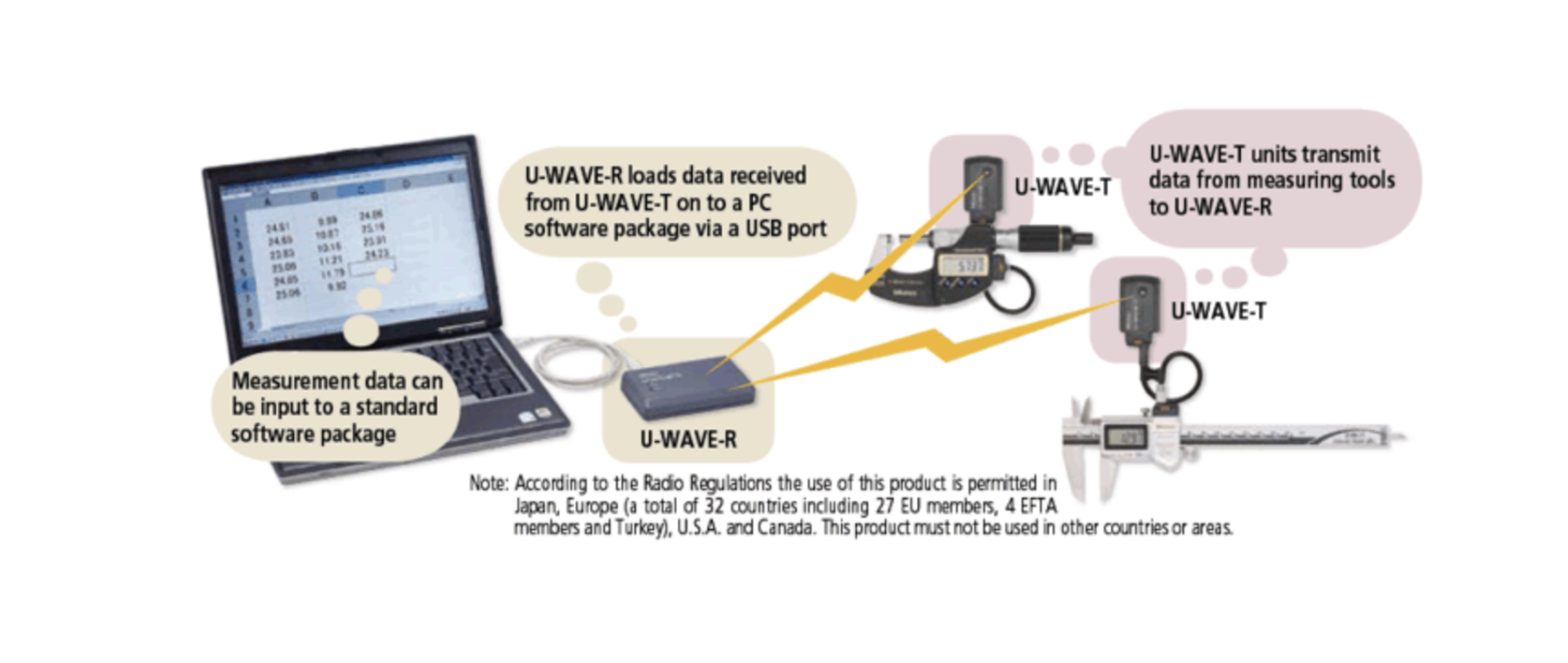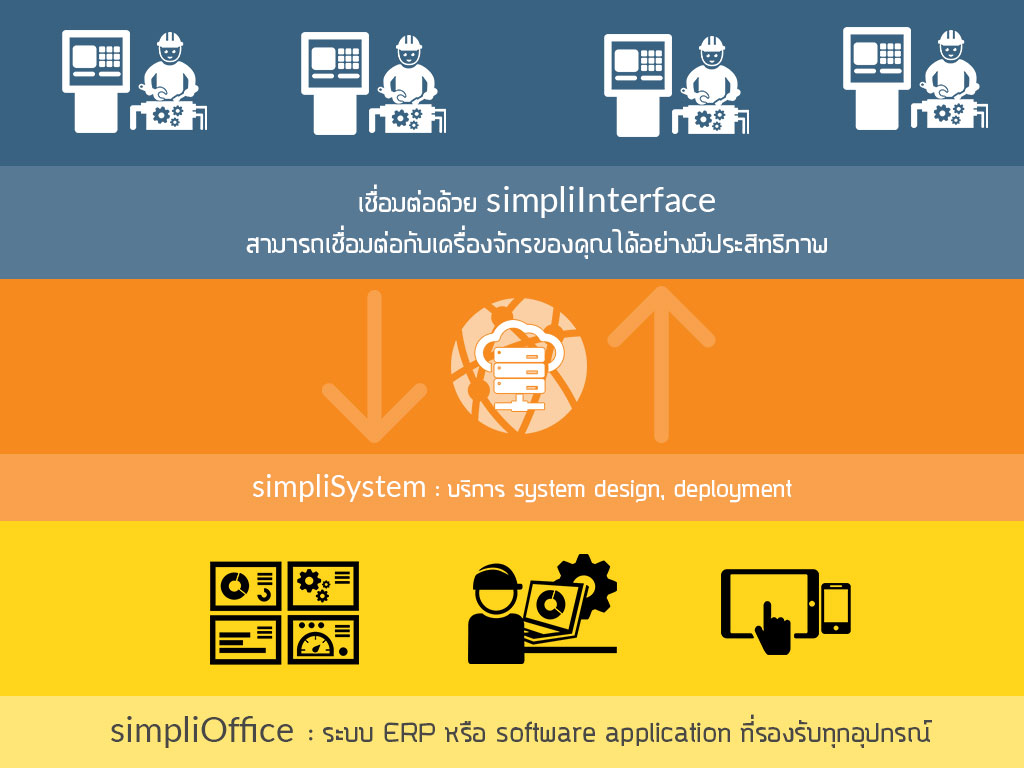Using FastAPI to Bridge Mobile Apps with OCPP EV Charging Systems
As electric vehicles (EVs) become more mainstream, users expect seamless experiences when interacting with EV charging stations — especially from their mobile apps. This means building a backend that is not only robust but also real-time, scalable, and easy to extend.
That’s where FastAPI comes in.
⚡ What is FastAPI?
FastAPI is a modern, high-performance web framework for building APIs with Python 3.7+ based on standard Python type hints.
It’s built on top of:
- Starlette – for the web parts (like routes and WebSockets)
- Pydantic – for data validation
- Uvicorn – for ASGI server execution
🚀 Why FastAPI is Ideal for EV Charging Systems
- ✅ Async-ready: Handles many concurrent WebSocket connections — essential for OCPP-based charger networks.
- ✅ WebSocket-native: Built-in support for protocols like OCPP 1.6 without needing additional libraries.
- ✅ Auto-generated docs: Interactive Swagger UI and ReDoc out of the box — great for app devs.
- ✅ Clean developer experience: Pythonic, strongly typed, and readable.
- ✅ Blazing-fast: Comparable to Node.js and Go in performance — excellent for scalable, real-time systems.
✅ Why FastAPI Over Flask?
While Flask is widely used and flexible, FastAPI is purpose-built for modern, async, high-performance use cases like this one:
| Feature | Flask | FastAPI |
|---|---|---|
| Async support | ⚠️ Experimental | ✅ Native |
| WebSocket support | ❌ Needs plugin | ✅ Built-in |
| Pydantic validation | ❌ Manual | ✅ Automatic |
| OpenAPI docs | ❌ Extra setup | ✅ Built-in |
| Performance | 🐢 Sync WSGI | ⚡ ASGI-native |
If you need WebSocket + REST API + speed, FastAPI is the best choice.
🚦 What Are We Building?
We’ll build a backend that lets:
- 🔌 EV chargers connect using OCPP 1.6 over WebSocket
- 📲 Mobile apps connect using REST API over HTTP
- 📡 Remote start commands be sent to chargers via API call
⚙️ Architecture Overview
graph TD
Charger["EV Charger (OCPP 1.6)"] -->|WebSocket| FastAPI_WS["FastAPI WebSocket (OCPP)"]
FastAPI_REST["FastAPI REST API (Mobile Access)"] -->|Internal call| Dispatcher
Mobile["Mobile App (Flutter/React Native)"] -->|HTTP API| FastAPI_REST
Dispatcher --> FastAPI_WS🗂️ Project Structure
ev-system/
├── main.py # FastAPI app (WebSocket + REST)
├── charge_point.py # Custom ChargePoint logic (OCPP)
├── dispatcher.py # RemoteStartTransaction logic
├── registry.py # Connection tracking
└── requirements.txt🔧 Step 1: Install Dependencies
pip install fastapi uvicorn ocpp🧠 Step 2: OCPP Handler — charge_point.py
from ocpp.v16 import ChargePoint as CP
from ocpp.v16.enums import RegistrationStatus
from ocpp.v16 import call_result
from ocpp.routing import on
class ChargePoint(CP):
@on('BootNotification')
async def on_boot_notification(self, charge_point_model, charge_point_vendor, **kwargs):
return call_result.BootNotificationPayload(
current_time="2025-06-08T00:00:00Z",
interval=10,
status=RegistrationStatus.accepted
)🔌 Step 3: WebSocket Connection Registry — registry.py
class ConnectionRegistry:
def __init__(self):
self._registry = {}
def add(self, cp_id, cp):
self._registry[cp_id] = cp
def get(self, cp_id):
return self._registry.get(cp_id)
def remove(self, cp_id):
self._registry.pop(cp_id, None)
registry = ConnectionRegistry()📡 Step 4: Send Remote Start — dispatcher.py
from ocpp.v16 import call
async def send_remote_start(cp, id_tag="MOBILE_USER"):
request = call.RemoteStartTransaction(
id_tag=id_tag,
connector_id=1
)
response = await cp.call(request)
return response.status🚀 Step 5: Main App — main.py
from fastapi import FastAPI, WebSocket, WebSocketDisconnect, HTTPException
from charge_point import ChargePoint
from dispatcher import send_remote_start
from registry import registry
app = FastAPI()
@app.websocket("/ws/{cp_id}")
async def websocket_handler(websocket: WebSocket, cp_id: str):
await websocket.accept(subprotocol="ocpp1.6")
cp = ChargePoint(cp_id, websocket)
registry.add(cp_id, cp)
try:
await cp.start()
except WebSocketDisconnect:
registry.remove(cp_id)
@app.post("/api/remote-start/{cp_id}")
async def remote_start(cp_id: str):
cp = registry.get(cp_id)
if not cp:
raise HTTPException(404, "Charge point not connected")
status = await send_remote_start(cp)
return {"status": status}📲 Step 6: Test API from Mobile App or Postman
Example Request:
POST /api/remote-start/CP001
Content-Type: application/json
{}Your charger (connected via WebSocket to /ws/CP001) will receive a RemoteStartTransaction message.
🔐 Bonus: Securing the API
For production, add:
- 🔑 JWT Authentication (
fastapi-jwt-auth) - 📈 Rate limiting (e.g.,
slowapi) - 📦 Use Redis or MongoDB for persistent charger state
- 🔒 HTTPS with Caddy or NGINX
🧱 Use Cases This Enables
- ✅ Start/Stop charging from the mobile app
- ✅ Display current charger status
- ✅ Trigger firmware updates remotely
- ✅ Support multiple chargers with real-time communication
- ✅ Clean API docs for frontend/mobile teams
💬 Conclusion
FastAPI brings together everything you need to build a mobile-connected, OCPP-compliant, real-time backend:
- 🔥 Async performance
- 🌐 WebSocket + REST support
- ⚙️ Type-safe development with Pydantic
- 📲 Beautiful API docs for mobile clients
If you're building an EV charging platform with mobile integration, FastAPI is the future-proof choice.
📦 Want More?
- ✅ Docker Compose version with MongoDB or Redis?
- ✅ Flutter mobile client example?
- ✅ Admin dashboard with authentication?
Let me know — happy to help you build your smart EV platform!
Get in Touch with us
Related Posts
- 经典编程思维 —— 向 Kernighan & Pike 学习
- Classic Programming Thinking: What We Still Learn from Kernighan & Pike
- 在开始写代码之前:我们一定会先问客户的 5 个问题
- Before Writing Code: The 5 Questions We Always Ask Our Clients
- 为什么“能赚钱的系统”未必拥有真正的价值
- Why Profitable Systems Can Still Have No Real Value
- 她的世界
- Her World
- Temporal × 本地大模型 × Robot Framework 面向中国企业的可靠业务自动化架构实践
- Building Reliable Office Automation with Temporal, Local LLMs, and Robot Framework
- RPA + AI: 为什么没有“智能”的自动化一定失败, 而没有“治理”的智能同样不可落地
- RPA + AI: Why Automation Fails Without Intelligence — and Intelligence Fails Without Control
- Simulating Border Conflict and Proxy War
- 先解决“检索与访问”问题 重塑高校图书馆战略价值的最快路径
- Fix Discovery & Access First: The Fastest Way to Restore the University Library’s Strategic Value
- 我们正在开发一个连接工厂与再生资源企业的废料交易平台
- We’re Building a Better Way for Factories and Recyclers to Trade Scrap
- 如何使用 Python 开发 MES(制造执行系统) —— 面向中国制造企业的实用指南
- How to Develop a Manufacturing Execution System (MES) with Python
- MES、ERP 与 SCADA 的区别与边界 —— 制造业系统角色与连接关系详解






